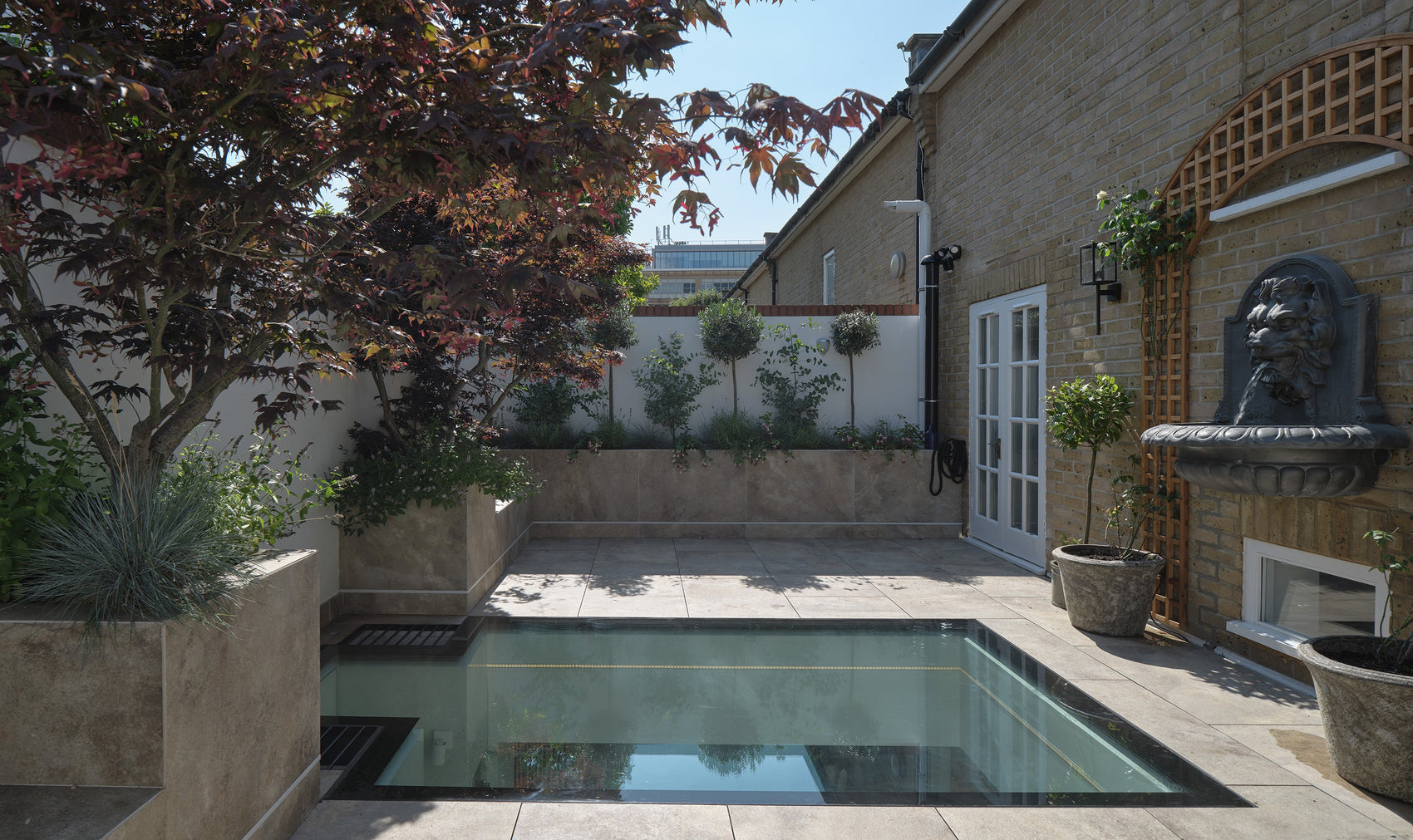Rooflights have become a popular feature in contemporary architecture, offering a plethora of benefits such as enhanced natural light, improved energy efficiency, and aesthetic appeal. A well-executed rooflight installation can breathe new life into any space, transforming it into a bright and inviting environment. However, the process of installing rooflights comes with its own set of challenges and considerations. In this guide, we will explore the steps involved in installing rooflights and address some of the most common issues that may arise during the installation process.
Step-by-Step Guide to Installing Rooflights
1. Planning and Design
Assess Your Needs: Before beginning the installation process, it is essential to determine the purpose of the rooflights and the desired location for optimal natural light. Assess factors such as lighting requirements, building regulations, and overall aesthetic preferences to guide your selection.
Choose the Right Type: Selecting the appropriate type of rooflights is crucial for a successful installation. Consider factors such as size, material, glazing options, and energy efficiency to ensure that the rooflights meet your space's specific requirements and enhance its overall functionality and appearance.
2. Site Inspection and Preparation
Survey the Roof: Conduct a thorough inspection of the roof to assess its condition, structure, and suitability for rooflight installation. Identify potential obstacles or structural issues that may need to be addressed before proceeding with the installation.
Prepare the Opening: Creating the opening in the roof to accommodate the rooflights requires precision and careful planning. Ensure that the opening is accurately measured, properly framed, and structurally sound. Waterproofing measures should also be considered to prevent potential leaks and water damage.
3. Installation Process
Fit the Rooflights: Follow the manufacturer's instructions and guidelines for installing the rooflights securely in the prepared opening. Properly position and secure the rooflights to ensure they are watertight and seamlessly integrated with the roofing system.
Seal and Insulate: Sealing around the rooflights is crucial to prevent water ingress and maintain a watertight seal. Additionally, applying insulation around the rooflights helps enhance thermal performance, contributing to improved energy efficiency and indoor comfort.
4. Finishing Touches
Interior Trim: Finish the interior around the rooflights with appropriate trim and finishing materials that complement the overall design of the space. Ensure that the interior finish enhances the aesthetics of the room while maintaining a cohesive look.
External Finish: Complete the exterior of the rooflights with flashing, weatherproofing materials, and any additional finishes needed to ensure that the rooflights are properly sealed and protected from external elements such as rain and wind.
Common Issues in Rooflight Installation
1. Leaks and Water Ingress
Improper sealing and flashing around rooflights can lead to leaks and water infiltration. Addressing issues related to waterproofing and ensuring a secure seal is essential to prevent water damage and maintain the integrity of the roof structure.
2. Condensation and Ventilation
Inadequate ventilation and insulation around rooflights can result in condensation buildup, which can impact indoor air quality and potentially lead to issues such as mold growth. Proper ventilation strategies and insulation measures are crucial for mitigating condensation concerns.
3. Structural Integrity
Ensuring adequate structural support and avoiding modifications to the roof structure that compromise its integrity are essential considerations during rooflight installation. Proper reinforcement and adherence to structural requirements help maintain the stability and safety of the building.
4. Thermal Performance
The thermal performance of rooflights can be affected by poor insulation or inappropriate glazing choices. Opting for high-quality insulation materials and selecting energy-efficient glazing options can enhance the thermal efficiency of the rooflights, reducing energy loss and improving overall comfort levels within the space.
5. Planning Permission
Obtaining the necessary planning permissions and complying with building regulations are critical aspects of rooflight installation. Failure to adhere to regulatory requirements can result in delays, fines, or the need to rectify non-compliant installations. Properly researching and adhering to planning guidelines is essential to a smooth installation process.
Addressing Common Issues
Professional Installation: Entrusting the installation to experienced professionals can help alleviate common issues and ensure a smooth and successful installation process. Professionals possess the expertise and knowledge required to address potential challenges effectively.
Quality Materials: Using high-quality rooflights, seals, and insulation materials is essential for optimizing durability, performance, and weatherproofing. Investing in quality materials ensures longevity and reliability in the functioning of the rooflights
Regular Maintenance: Establishing a routine maintenance schedule to inspect, clean, and address any issues with the rooflights is crucial for prolonging their lifespan and ensuring optimal performance. Regular maintenance helps identify potential issues early and allows for timely remediation.
By understanding the installation process, being aware of potential issues, and incorporating best practices, you can navigate the installation of rooflights with confidence. Proper planning, attention to detail, and adherence to industry guidelines and regulations are key to a successful rooflight installation that enhances your space aesthetically and functionally.

